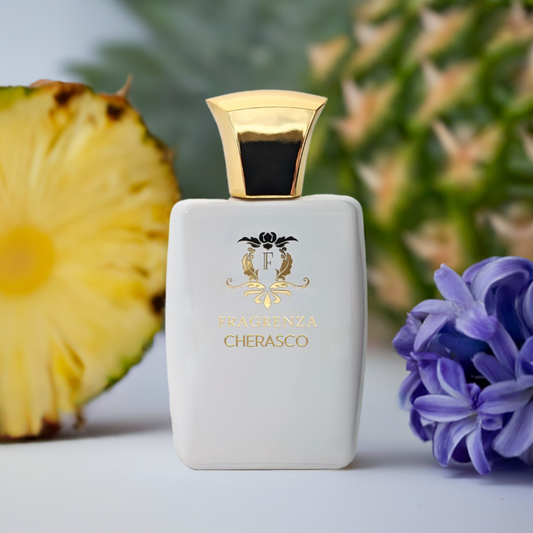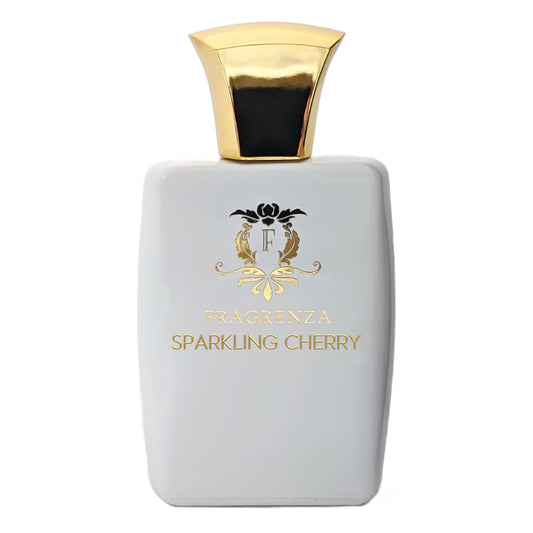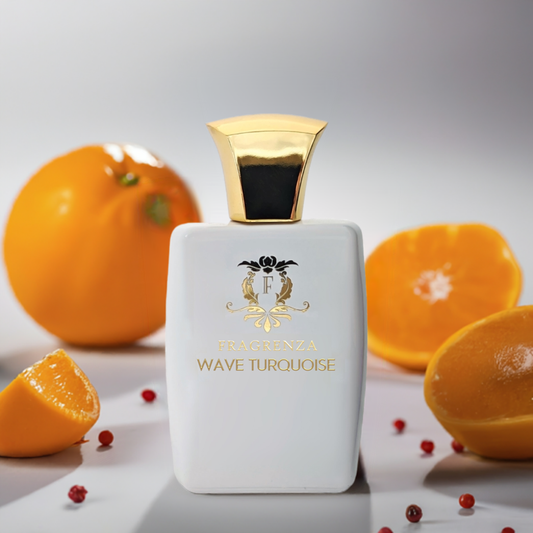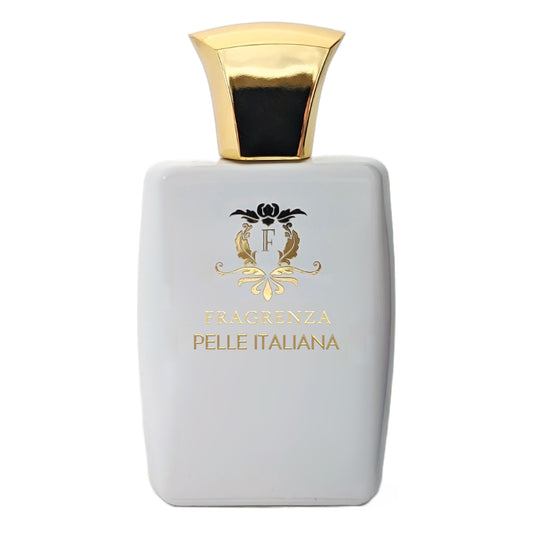- Elisi Elysium by Roja ParfumsVendor:Inspired by Roja Parfums Elysium dupeRegular price From $9.99Regular price
$69.99Sale price From $9.99Sale - Rame Rosso Rouge Malachite by Giorgio ArmaniVendor:Inspired by Giorgio Armani Rouge Malachite cloneRegular price From $9.99Regular price
- Vanilla Panorama Vanilla Diorama by DiorVendor:Inspired by Dior Vanilla Diorama dupeRegular price From $9.99Regular price
$59.99Sale price From $9.99Sale - Sparkling Cherry Electric Cherry by Tom FordVendor:Inspired by Tom Ford Electric Cherry cloneRegular price From $9.99Regular price
$79.99Sale price From $9.99Sale - Melipona Melipona by Fragrenza TwistVendor:Regular price From $9.99Regular price
$9.79Sale price From $9.99 - Marine Oud Oud Minérale by Tom FordVendor:Inspired by Tom Ford Oud Minérale dupeRegular price From $9.99Regular price
$9.98Sale price From $9.99 - Mondo di Fantasia Mondo di Fantasia by FragrenzaVendor:Regular price From $9.99Regular price
$69.99Sale price From $9.99Sale - Bomba Di Spezie Spicebomb by Viktor&RolfVendor:Inspired by Viktor&Rolf Spicebomb dupeRegular price From $9.99Regular price
$59.99Sale price From $9.99Sale -

 SaleOucaramel Oucaramel by FragrenzaVendor:Regular price From $9.99Regular price
SaleOucaramel Oucaramel by FragrenzaVendor:Regular price From $9.99Regular price$79.99Sale price From $9.99Sale -

 Sold outCherasco Chance by ChanelVendor:Inspired by Chanel Chance dossierRegular price From $9.99Regular price
Sold outCherasco Chance by ChanelVendor:Inspired by Chanel Chance dossierRegular price From $9.99Regular price$59.99Sale price From $9.99Sold out - Eternal Zeus Aventus Cologne by CreedVendor:Inspired by Creed Aventus Cologne dupeRegular price From $9.99Regular price
$69.99Sale price From $9.99Sale - Isha Musk Man Reflection Man by AmouageVendor:Inspired by Amouage Reflection Man cloneRegular price From $9.99Regular price
- Divine X X for Men by Clive ChristianVendor:Inspired by Clive Christian X for Men dupeRegular price From $9.99Regular price
-

 Sold outAncient Syracuse Allure Sensuelle by ChanelVendor:Inspired by Chanel Allure Sensuelle cloneRegular price From $9.99Regular price
Sold outAncient Syracuse Allure Sensuelle by ChanelVendor:Inspired by Chanel Allure Sensuelle cloneRegular price From $9.99Regular price$59.99Sale price From $9.99Sold out - Wave Turquoise Dylan Turquoise by VersaceVendor:Inspired by Versace Dylan Turquoise dossierRegular price From $9.99Regular price
- Oudivinty Man Epic Man by AmouageVendor:Inspired by Amouage Epic Man dupeRegular price From $9.99Regular price
-

 SaleLa Pearla La Pearla by FragrenzaVendor:Regular price From $9.99Regular price
SaleLa Pearla La Pearla by FragrenzaVendor:Regular price From $9.99Regular price$79.99Sale price From $9.99Sale - Incense Memoir Woman Memoir Woman by AmouageVendor:Inspired by Amouage Memoir Woman dupeRegular price From $9.99Regular price
- Water Lilies Water Lilies by Fragrenza TwistVendor:Regular price From $9.99Regular price
- Pelle Italiana Italian Leather by MemoVendor:Inspired by Memo Italian Leather dossierRegular price From $9.99Regular price
- Moroccan Wood Bois Marocain by Tom FordVendor:Inspired by Tom Ford Bois Marocain dupeRegular price From $9.99Regular price
$79.99Sale price From $9.99Sale - Pelle Irlandese Irish Leather by MemoVendor:Inspired by Memo Irish Leather cloneRegular price From $9.99Regular price
- Vapeurs de Gate Vapeurs de Gate by Fragrenza TwistVendor:Regular price From $9.99Regular price
- Pepper X Man Honour Man by AmouageVendor:Inspired by Amouage Honour Man cloneRegular price From $9.99Regular price
Pimento Leaf Fragrances

From this collection Velvet Peach is Fragrenza Velvet Peach dupe
Explore our collection of pimento leaf fragrances. Shop pimento leaf perfumes that will captivate your senses.Periwinkle Fragrances
Experience the invigorating scents of periwinkle fragrances. Discover the best periwinkle perfumes and immerse yourself in a refreshing aroma.Pinot Noir grapes Fragrances
Indulge in the captivating pinot noir grapes fragrances. Explore the best pinot noir grapes perfumes and let their enchanting scents transport you.Poinsettia Fragrances
Discover the delightful scents of poinsettia fragrances. Shop best poinsettia perfumes online and add a touch of elegance to your fragrance collection.Plum Fragrances

From this collection Sensual Flame is Parfums de Marly Cassili dupe
Immerse yourself in the world of plum fragrances. Experience the best plum perfumes for men and discover unique and captivating scents.
Amarena Cherry
Obsessed with cherry? If you want to really amp up the cherry scent, this Tom Ford Lost Cherry dupe will give Lost Cherry a run for its money. Black cherry, cherry syrup, and cherry liqueur all mingle together for an indulgent cherry overdose that’s complemented by notes of almond, tonka bean, Turkish rose, and jasmine sambac.
Spices
Schinus molle Anacardiaceae Other names: pink peppercorn, baies roses, poivre rose, faux poivre
Collapsible content
Description
Pink pepper, often known as "pink peppercorns"
(baies roses in French), is a kind of pepper produced from the berries of the Schinus molle and similar berries of Schinus terebinthifolius, an American tree. From southern Brazil to Peru, a close-up of the weeping Babylonian willow, or Salix Babylonia. Pink pepper, also known as Baie rose de Bourbon or Poivre de Bourbon, is also known as pink pepper, literally pink pepper because of its color, and pseudo pepper because it is not spicy, and by various names Brazilian pepper, American pepper, Reunion pepper, but it is also produced elsewhere in Madagascar, specifically near Reunion and New Caledonia. According to historical records, it has been around since the 5th century. However, it was not as popular as it is now. The term Schinus is derived from Greek and is the common name for lentil trees, plants that produce mastic, the clear chewing gum used, and a variety of applications ranging from aromatic to cosmetic and health.
Pink pepper plants secrete a mastic-like substance
Also, Schinus molle, which means "sweet," refers to the Peruvian kind. Terebinthifolius, on the other hand, is linked to the Brazilian variety. Terebinthifolius refers to the pistachio-like leaves from which terebinthifolius is derived. On the other hand, pink pepper is derived from the tree's tiny, crimson dried berries rather than the bark or one of the leaves. Although the name implies an unusual and powerful sensation, it is the component that gives pink pepper its color. Terpenes with a somewhat pungent aroma provide a freshness reminiscent of pine and turpentine. When you crush a pink peppercorn between your teeth, your tongue will not flame as it would with a whole black peppercorn. Pink pepper is not as pungent as regular black pepper, green pepper, or white pepper;these rely on the constituent substance piperine for their heat and produce a more intense tightness at the level of the trigeminal nerve, which regulates the intense olfactory sensation and interprets it as a type of pain, as when we feel "ammonia."
-
Our best sellers.
-
Adeline PDM Delina dupe Better Peach Tom Ford Bitter Peach dupe Chloris Gardenia Gucci Flora Gorgeous Gardenia dupe Fearless Love Kilian's Love, Don't Be Shy dupe Selvaggio Dior's Sauvage dupe Addict Noir YSL's Black Opium dupe Empress D&G's L'Imperatrice dupe Divino Bleu de Chanel dupe Lo amo J’Adore Dior dupe Pretty Girl Carolina Herrera's Good Girl dupe






















































